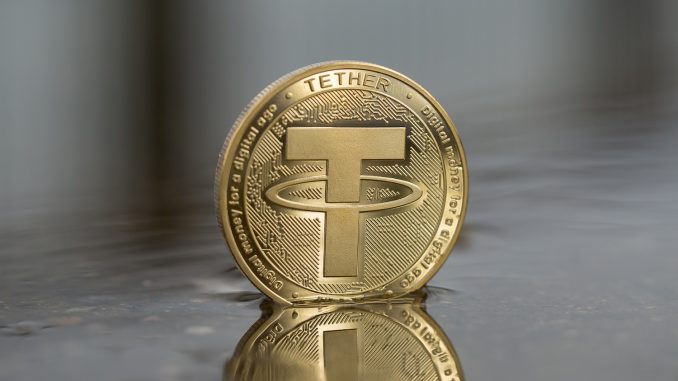
There is a buzz in the cryptocurrency space as Tether (USDT), the largest stablecoin, approaches a staggering $100 billion market cap.
This upcoming achievement not only underscores the dominant position of Tether, but it also sheds light on the regulatory concerns surrounding the stablecoin and their potential implications for the broader crypto ecosystem.
In addition to its stability, Tether also boasts a good financial performance, as evidenced by a significant profit report of $3 billion for the fourth quarter of 2023. This financial strength, supported by the return on investments in US government securities and the profits from diversified reserves that include gold and Bitcoin inspires confidence in Tether’s ability to maintain its price stability and meet its obligations.
However, Tether’s path to the $100 billion mark has not been without obstacles. Regulatory control looms as a major challenge. Although Tether operates outside of US jurisdiction, its connection to the US dollar and its potential engagements with US entities exposes it to regulatory oversight, particularly from bodies such as the Office of Foreign Assets Control (OFAC). This regulatory ambiguity raises doubts about Tether’s long-term sustainability.
Beyond Tether’s upcoming milestone, there are broader implications for the stablecoin ecosystem. Its success catalyzed a sharp rise in the collective market capitalization of other major stablecoins such as USDC, DAI и TUSD, highlighting the growing importance of stablecoins in facilitating transactions and creating innovative DeFi applications.
Importantly, experts such as Mike McGlone, senior commodity strategist at Bloomberg, emphasize Tether’s dominant role in the stablecoin arena and its implications for the broader financial landscape. McGlone suggests that Tether’s expanding market cap may reflect the growing influence of the US dollar, which could potentially change traditional asset markets.
As Tether approaches this historic milestone, its future trajectory remains uncertain. While its stability, financial performance and role in DeFi are commendable, regulatory ambiguities and concentration risks pose significant challenges.









